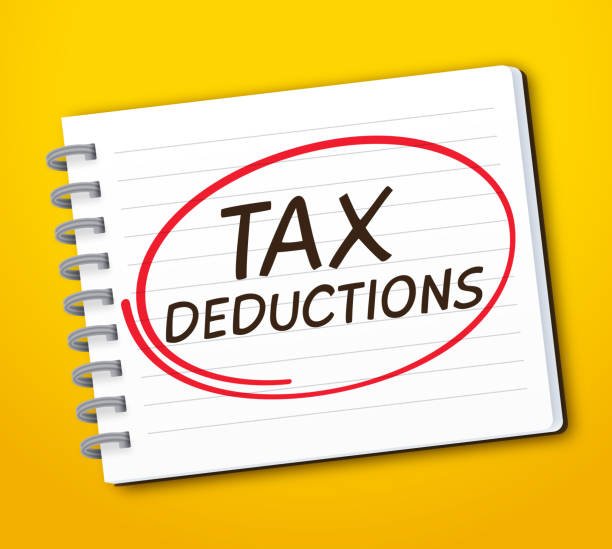Filing your taxes and optimizing your tax deductions might be difficult if you work as a self-employed personal stylist. The workings of self-employment taxes may be challenging for freelancers to comprehend and navigate, making it tough for them to know which deductions they can use. But you may reduce your tax liability and prevent costly errors by employing the appropriate tactics. The main tax planning advice for independent personal stylists will be covered in this article.
Recognize your tax duties
Acknowledging your tax liabilities is one of the most important tax preparation strategies. Self-employment taxes, which include Medicare and Social Security taxes, must be paid by independent contractors who are self-employed. 15.3% is the current self-employment tax rate, which is much higher than the rate that employees who divide the cost with their employers pay.
The fact that there are several methods for calculating your anticipated taxes must be understood. Many freelancers utilize popular online tools to figure out their projected taxes, such as the 1099 tax calculator and the 1099 quarterly tax calculator. You may estimate your annual tax due with the aid of these calculators, which take into account your anticipated income, tax deductions, and other pertinent variables.
Maintaining precise records
Another critical element of tax planning for independent personal stylists is accurate record-keeping. Make sure to keep thorough records of all your company expenses, including those for attire, styling supplies, and transportation. You can write-off these expenses from your taxable income, which will lower your overall IRS tax obligation. To make sure you have easy access to your financial records when it comes time to file your taxes, it is crucial to retain all of your receipts and invoices and to keep them organized.
Streamlining your accounting
Your bookkeeping may be made simpler and more efficient by using accounting software. A number of software solutions, like QuickBooks and FreshBooks, make it simple to keep track of your earnings and spending, create invoices, and update your records automatically. Additionally, you can use these tools to create financial reports that will enable you to quickly assess the financial health of your company.
Make use of tax deductions
You have access to a variety of deductions as a self-employed personal stylist that can help you lower your taxable income. This reduces the amount of taxes you owe since these costs can be subtracted from your taxable income. Freelancers can benefit from the following typical tax deductions:
1. Home office deduction: If you work from home, you might be able to write off some of your related expenditures, such as rent or mortgage interest, utilities, and internet fees.
2. Travel expenditures: You may write off your travel, hotel, and food expenses if you go on business trips.
3. Styling equipment and supplies: You are entitled to a tax deduction for the cost of any attire, cosmetics, hair tools, and other materials required for your job.
4. Marketing costs: The cost of marketing, business cards, and website upkeep are all tax deductible.
5. Professional development: The expense of classes, workshops, and other training programs that assist you advance your abilities are tax deductible.
Bear deadlines in mind
You are in charge of making anticipated tax payments during the course of the year as a self-employed freelancer. On January 15, April 15, June 15, and September 15 of each year, these taxes are payable. For you to avoid fines and interest costs, it’s imperative that you pay these taxes on time.
Your yearly tax return must also be submitted by April 15th, in addition to your quarterly taxes. It’s critical to remember deadlines since failing to do so might result in interest and penalties for late tax filing.
Stay arranged
In terms of tax preparation, maintaining organization is crucial. Make sure you have a strategy for tracking your income and spending, and keep all of your financial documents organized. So that you can quickly access them when it’s time to file your taxes, be sure to save and organize all of your receipts and invoices.
To sum up, tax preparation for independent personal stylists might be complicated, but it doesn’t have to be intimidating. You can optimize your tax savings and prevent expensive mistakes by being aware of your tax duties, maintaining correct records, streamlining your accounting, utilizing tax deductions, paying attention to deadlines, and remaining organized.
Make smart tax planning decisions by using online tools like the self-employment tax calculator 2023, 1099 tax estimator, and 1099 quarterly tax calculator to help you keep on top of your money. You may reduce your tax obligation by implementing the advice in this article, giving you more money to spend in your company and furthering your career.

